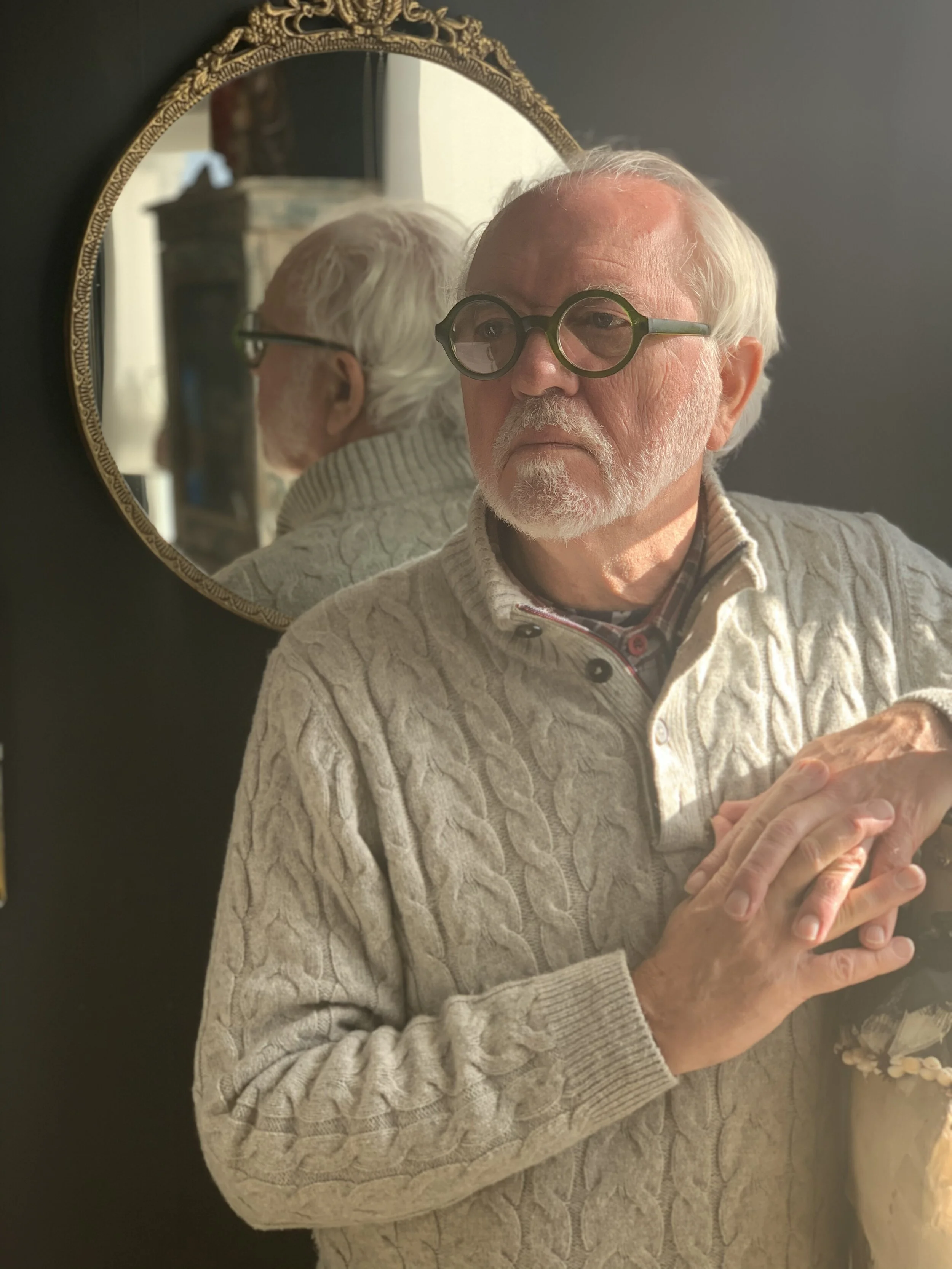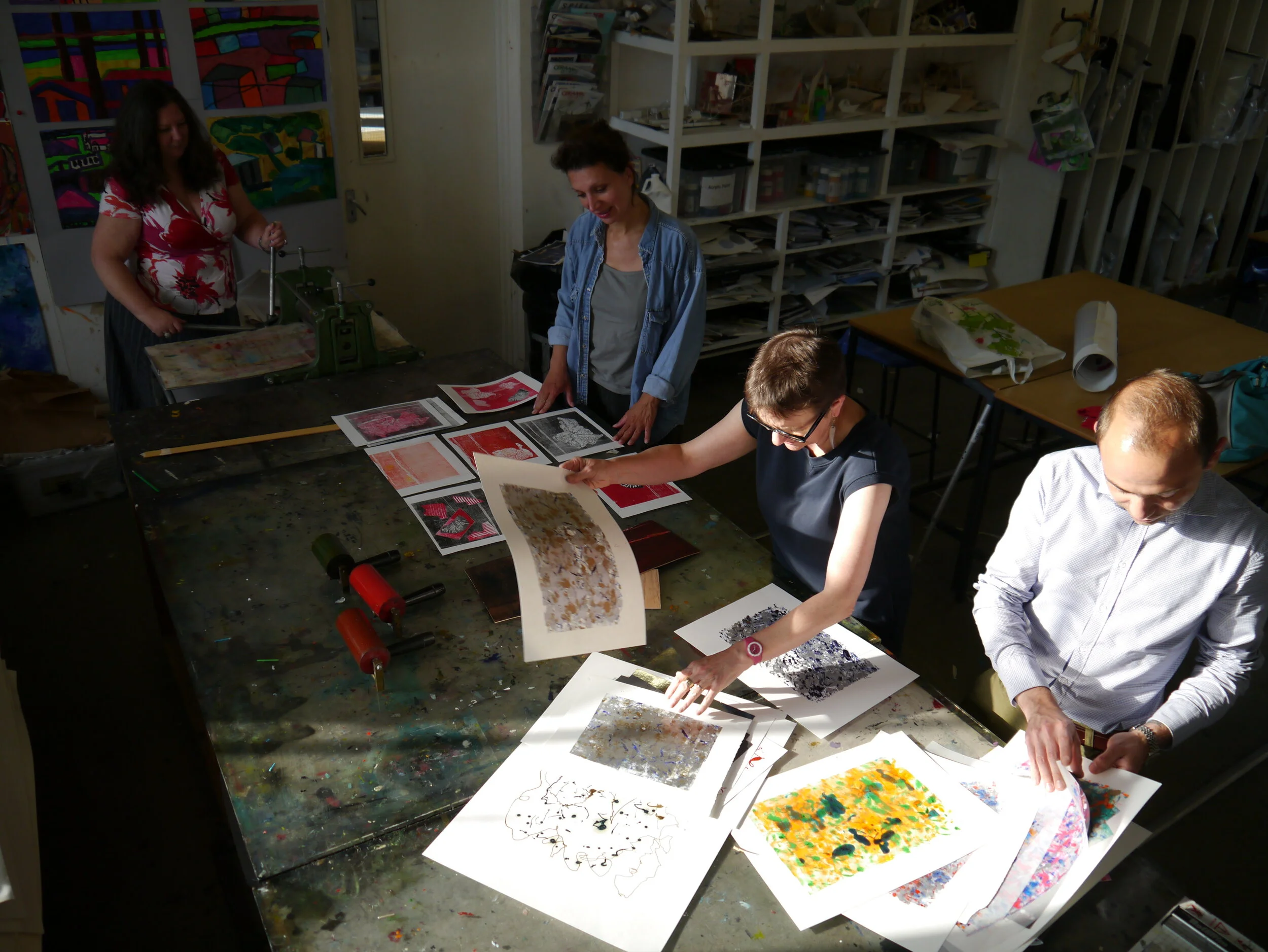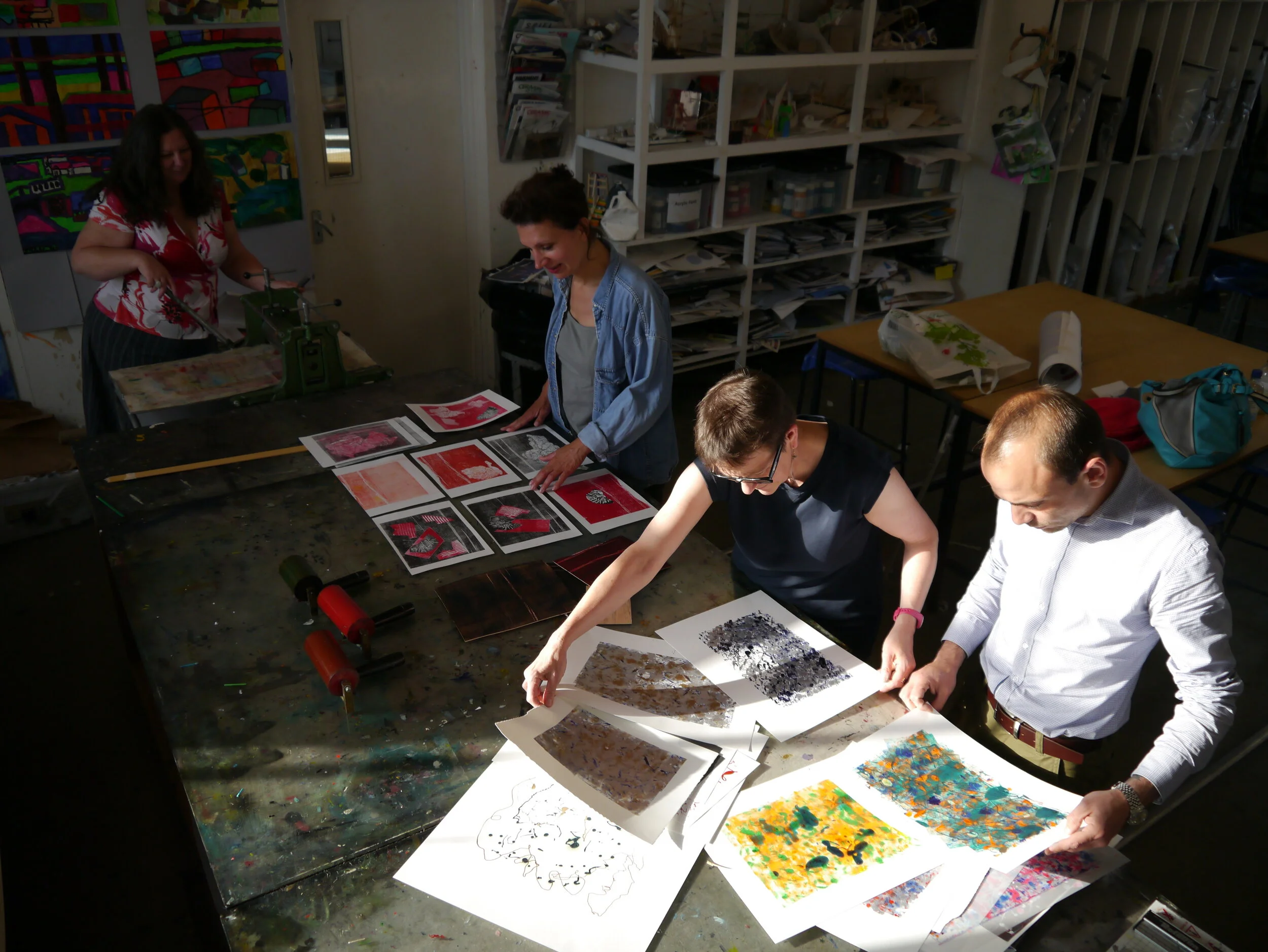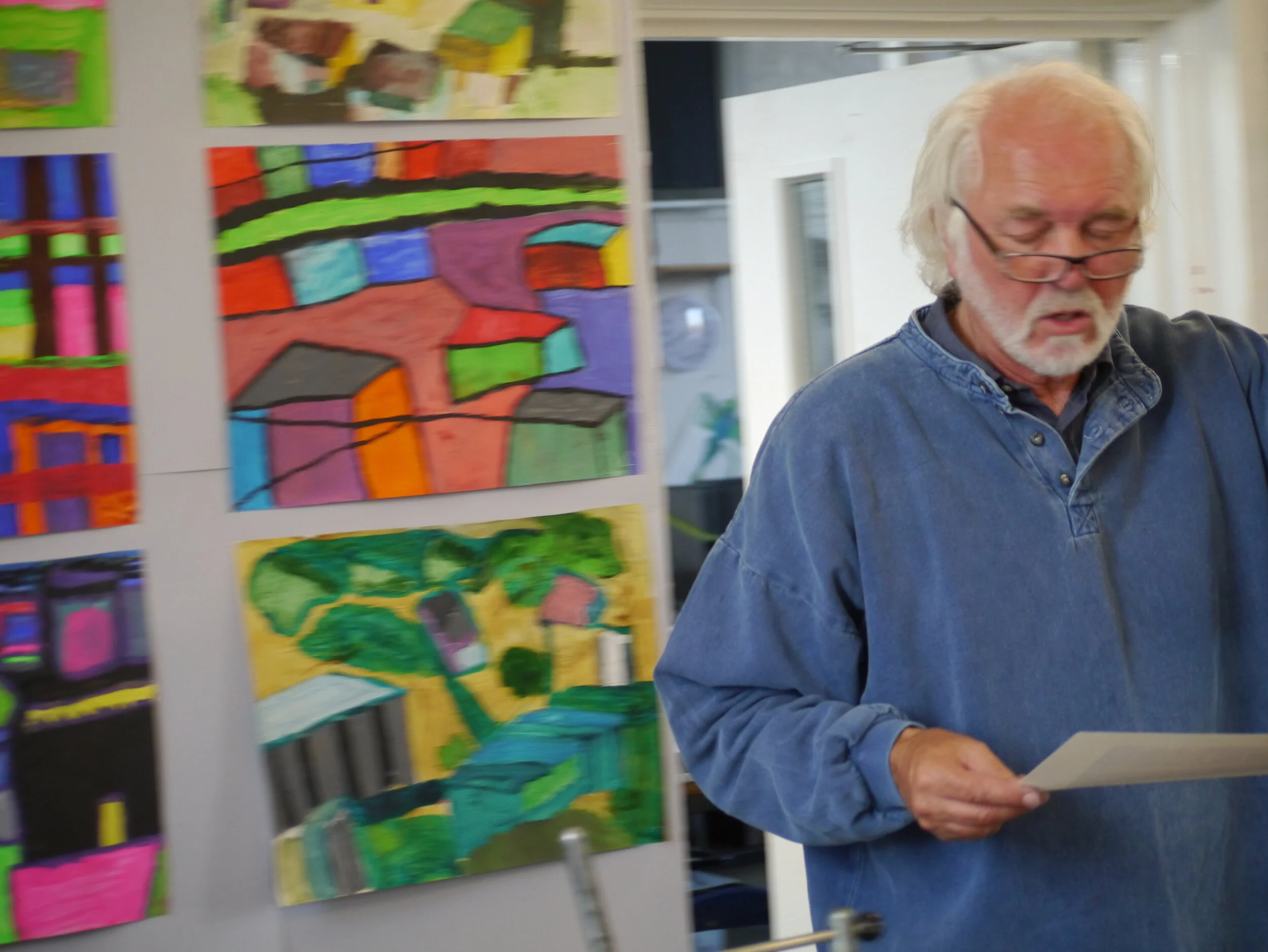CORPORATE ART WORKSHOPS FOR HEALTH AND WELLBEING
The work-place, for some workers is a happy place where they do their job well, feel valued by managers and peers, their opinions are sought and respected, their individual and team work produce results and their needs are known and satisfied. But for others it is an unhappy place. The pressures from all around are unreasonable and relentless. The good work they do manage to do is not recognised. The demands made on their time might vary without warning, their instructions are unclear and in every way they are undervalued and dissatisfied. This sad situation can lead to such stresses that the worker underperforms badly and even leaves that workplace. A valuable asset maybe lost to that company and so another worker is needed who will require expensive training only to begin the same downward path. The well-being of company employees is now a major concern for executives who, in the tough and competitive world of business want the best performances from their staff. A time spent away from the desk when workers realise the management is aware that the well-being of their staff ( and themselves ) is a concern to be addressed. This may involve invited speakers to touch on the strains and stresses of the office environment, the need to value and respect the contribution of all workers in the company and perhaps suggest some strategies for improvement. Such hours or days spent on generally improving performance within the company will very likely include team-building exercises when staff can meet and share skills in a 'fun' situation.
I am offering a situation where people are asked to do something creative. Starting from scratch an artistic problem might be set or a short demonstration begins a practical and creative task. The workers in this photograph are Executives of a large, international re-insurance company spending a week of intensive seminars and discussions away from the office. For just one hour, after a busy day they made 'abstract art' with me. In this example of the service I offer, they already knew some of the people they were next to in the studio. But, they were not in a competitive situation but were using a skill, probably dormant since school days, to make patterns using shape and colour. This short experience led to several detailed discussions over dinner which confirmed my suspicions that it was a useful hour well spent. Some even told me they would take up something creative as a hobby. The rewards for the mental health of the individual gained from a hobby are well known. If you are the HR Director and feel I could be part of your company's response to this opportunity do get in touch with me and we can work out what you feel I could do to help your staff and executives deal with their well-being.
What they said about their hour
The creative capacity in so many of us adults was undervalued and under developed as children.
Often the brightest pupils were given extra science, a second or third foreign language to study leaving little or no space for art, drama and music. Sometimes the brighter children would have music lessons but only after school and for a fee. How many of you have a violin or oboe sitting alone and unused in a cupboard.
The glass boxes springing up in our cities are home to thousands of hard working people who use the left side of their brain, seat of the mathematical and linguistic skills. They know their bodies need a break from the screens so pound the pavements at lunchtime. What about the right side of the brain where creativity is resting. Why not use it? It cannot be activated in an hour or a day. But if you feel this might be you then make a start.
“I have known Peter Richards personally and professionally for almost 20 years. He enjoyed an outstanding reputation as an inspirational Head of Art at Eltham College where most of his pupils gained A*, A or B grades at A level and GCSE examinations in Art. He also introduced and delivered art classes for parents which quickly became very popular.
Peter Richards is a dedicated and imaginative tutor with an inventive approach and a range of original delivery techniques, together with a well developed sense of humour. He specialises In short, stimulating workshops which challenge participants and have been enthusiastically received by all the organisations that have used his services. As a retired Group H.R. Director and Main Board Director, I can recommend Peter Richards without reservation. He is a practising artist and creative training agent who can “introduce a new dimension “ to help organisations in staff development policies and practices.
Richard Stokes ”
“Peter Richards attended a week long seminar in Paris, with the senior management of SCOR Global Life from offices around the world. We needed some healthy relief from the rigors of presentations, workshops and meetings. Peter was excellent in putting together art sessions which surprised and delighted the participants as they were pleased to create several abstract works and connect with the creative side of their brains.
What started as a light-hearted bit of fun became for some a deeply satisfying experience which was the subject of discussion at dinner and beyond. We had to add an extra session with Peter at 07:00am to give a few more a chance to share the feeling of well-being gained from (re)opening a new door in their lives. The feedback from the participants was overwhelmingly positive, thanks to Peter’s attitude and the pride of being able to produce beautiful art during a week of heavy work!
Antonio Moretti, Chief Marketing Officer, SCOR Global Life”









